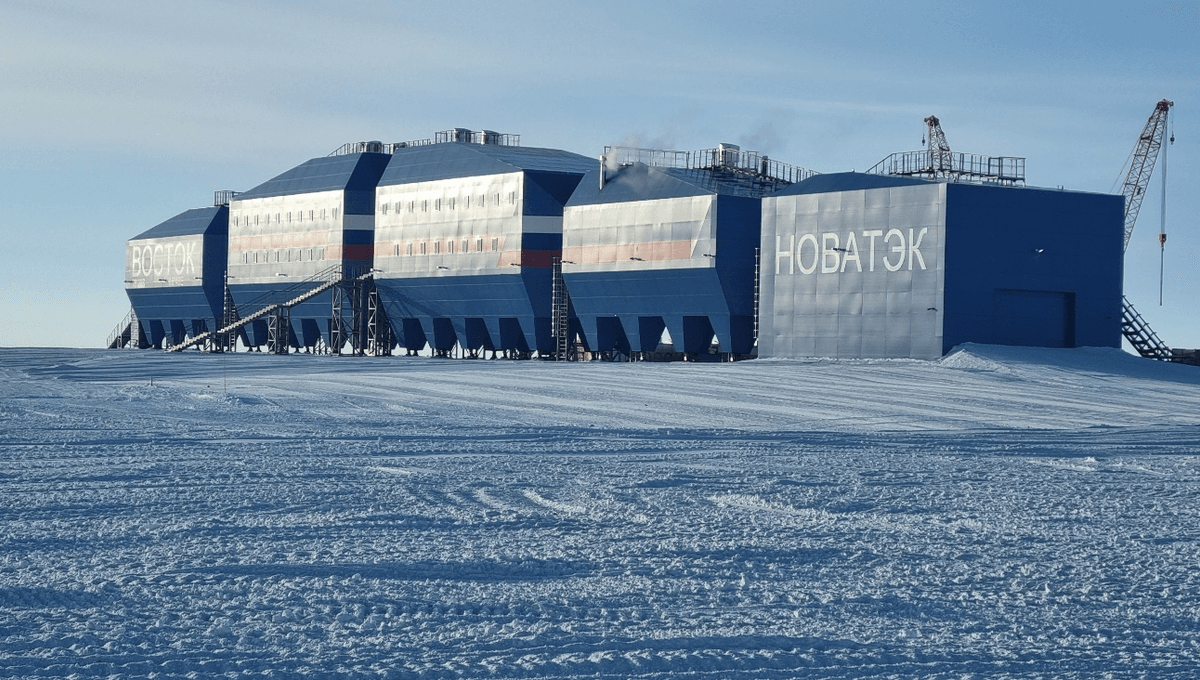-
Noticias Feed
- EXPLORE
-
Páginas
-
Blogs
-
Foros
The Coldest Place On Earth? Temperatures Here Can Plunge Down To -98°C In The Bleak Midwinter

The Coldest Place On Earth? Temperatures Here Can Plunge Down To -98°C In The Bleak Midwinter
The coldest place on Earth is the East Antarctic Plateau. In this desolate desert, on July 23, 1983, air temperatures at Russia's Vostok Station plunged to around -89.2°C (-128.6°F), significantly lower than the average temperature here. However, even colder temperatures have since been detected in the remote East Antarctic Plateau.
The rest of this article is behind a paywall. Please sign in or subscribe to access the full content. Researchers from the National Snow and Ice Data Center at the University of Colorado at Boulder looked a satellite data collected between 2004 and 2016 across East Antarctica. This revealed that parts of the East Antarctic Plateau above Vostok clocked temperatures of around -98°C (-144.4°F) during the polar night, the dead of winter when the sun doesn’t shine for months. The unimaginably cold temperatures were found at the highest part of the ice sheet, at around 3,800 to 4,050 meters (12,467 to 13,287 feet) above sea level. The researchers also noted that the “ultracold conditions” occur more frequently when there’s a strong Antarctic polar vortex, the swirling mass of powerful wind that surrounds the continent, trapping cold air within it like an invisible wall. These are naturally occurring temperatures cooked up by Mother Nature. However, in lab experiments using high-tech equipment, way, way colder temperatures have been artificially created. Absolute zero – 0 kelvin or -273.15°C (-459.67°F) – is the fundamental physical limit of how low a temperature can go. The third law of thermodynamics implies that this point cannot be reached, but scientists have been determined to edge closer and closer to it. In 2021, a team of German scientists set a new record for the coldest temperature ever recorded by cooling a gas to 38 picokelvins – a whisker away from absolute zero. They did this by dropping quantum matter down a giant tower. Around 100,000 rubidium atoms were loaded into a magnetic trap perched at the top of a 110-meter (360-foot) drop tower. The trap acted like a “matter-wave lens,” squeezing the atoms so precisely that they collapsed into a Bose-Einstein condensate (BEC), a bizarre quantum state where thousands of atoms move as a single, ghostly particle-wave. The atoms were then dropped. With the trap switched off, the condensate expanded and cooled even further as it fell down the tower. Instruments followed its two-second descent, capturing every quiver of this ultra-cold quantum cloud. This wouldn't exactly feel chilly in the human sense, but at a few dozen picokelvins, it’s a cold at which atoms barely move and the usual rules of matter give way to the strange realm of quantum physics.


